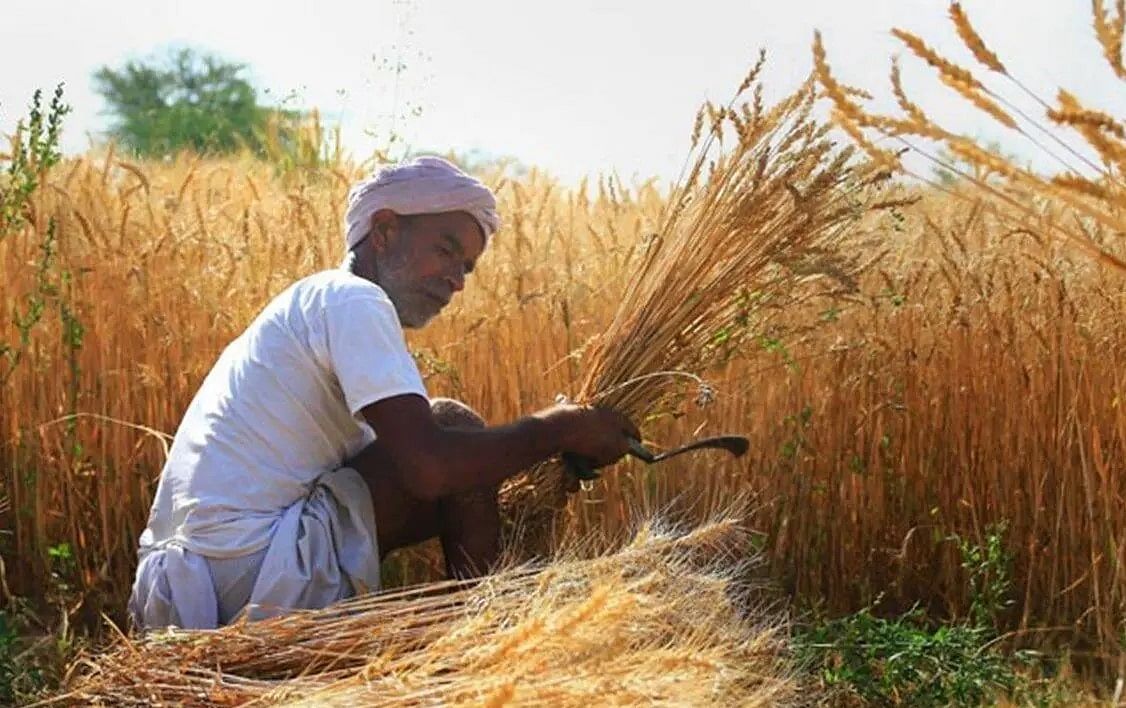
According to meteorological reports, the maximum temperature in most parts of Haryana has reached around 24 degrees Celsius, with the minimum hovering around 10 degrees.
"Even the weather forecast predicts warmer days ahead, with no early rains predicted. The current weather is not good for the wheat crop because it may affect grain growth. If the current weather pattern continues for the next few days, it will have a negative impact on yield," said Dr Narender Goyal of Damla Krishi Vigyan Kendra.
"Generally temperature used to increase in the first or second week of March but this time, it has become hot in February itself. It remains to be seen how much of an impact it has on yield," he added. Karam Chand, deputy director of agriculture in Kaithal district said, "Yes, such hot weather is harmful to the wheat crop, especially for the lateral varieties, and we will issue an advisory to the farmers if the weather conditions last for the next couple of days".
Even farmers expressed concern about the abrupt change in weather over the last week. "The weather has been extremely hot for the past few days. Since there were no rains in the winter, this will have a negative impact on the wheat crop, which is in the milking and flowering stages," said Sunil Kumar of Karnal's Gharaunda.
Scientists at the Indian Institute of Wheat and Barley Research (IIWBR), Karnal, were optimistic about a bumper wheat crop due to favourable weather conditions in recent months. They predicted that the country's wheat output would break all previous records and exceed 112 million tonnes.
Last year, scientists predicted that wheat output would reach 112 million tonnes, but bad weather and an early heatwave in March affected both early and late varieties, causing yellowing and shrivelling of wheat grain in northern states.
Wheat production totaled 106.84 million tonnes, a 2.75 million-tonne decrease from the 109.59 million tonnes estimated for the 2020-21 season. "Even though the daytime temperature is rising, the nights are cooler," IIWBR-Karnal director Gyanendra Singh said.
The crop yield will be unaffected if the nighttime temperature remains below 15 degrees Celsius. However, temperatures should remain below 30 degrees Celsius, and there is a chance that the weather will change in the coming days."










